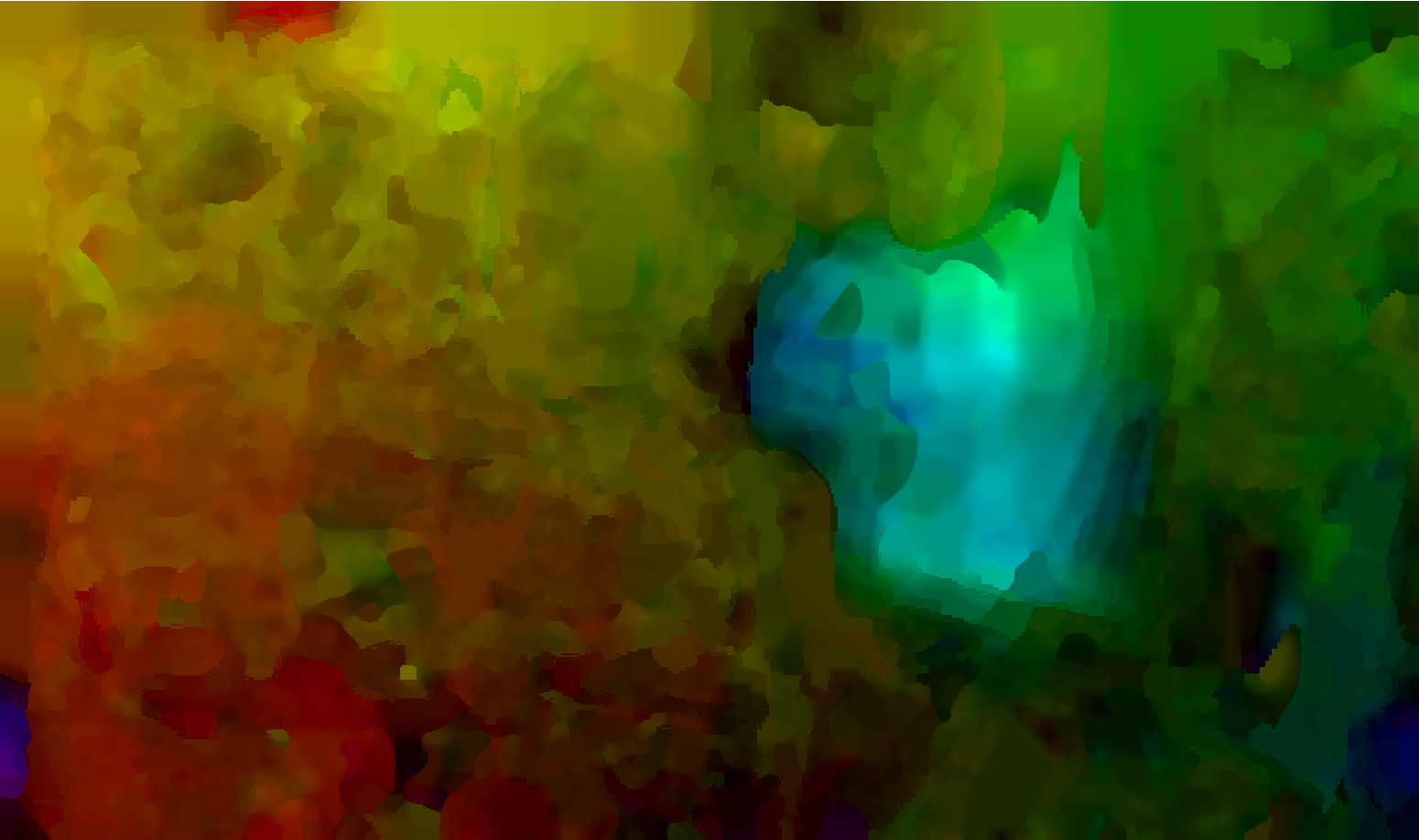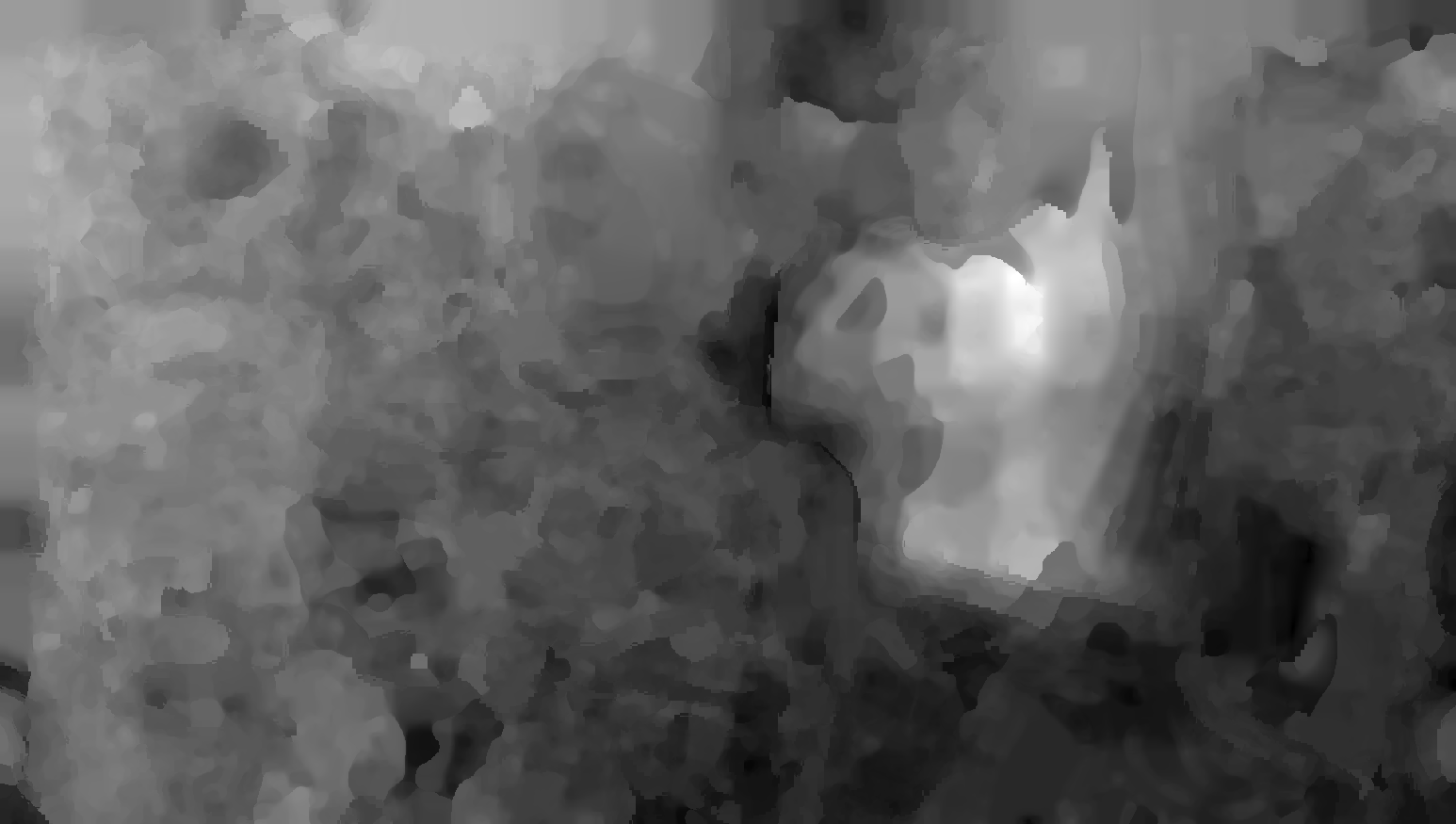Scene & Event Perception in Low Vision
Information used in visual event and scene perception includes both static image structure projected from opaque object surfaces and dynamic optic flow generated by motion. Low vision patients, due to conditions such as age-related macular degeneration (AMD) and amblyopia, have low visual acuity and contrast sensitivity. These visual conditions would render what they perceive to be blurry, like what is demonstrated below (can you identify which everyday scene the image below represents?):

However, human observers do not merely perceive static images. In fact, we are constantly moving and the movements generate dynamic visual information, such as optic flow, that also specifies the 3D structure of the event/environment which facilitate visual event/scene perception. Now, the same scene above is shown as an animation. Can you tell what is this scene now?

In a series of three studies, we evaluated the effectiveness of optic flow in aiding 3D event perception in low vision patients and their healthy age-matched counterparts (Pan et al., 2017), evaluated the effectiveness of different types of optic flow in aiding scene recognition (Wu et al., 2019) and its interaction with chromaticity (Xu et al., 2021).
I applied an optic flow estimation algorithm (Sun et al., 2010) to extract the relevant optic flow information from the stimuli. Below you will find different types of visualizations of the optic flow from the scene presented above:
 |  |
|---|---|
| Vector Plot | HSV Plot (hue encodes angle, value encodes velocity) |
 |  |
| RGB Plot (blue encodes U, green encodes V) | Magnitude Plot (grayscale plot of flow magnitude) |
Overall, our studies demonstrate the effectiveness of optic flow in facilitating event and scene recognition despite uninformative image structure information.
Related Publications
Pan, J.S., Li, J., Chen, Z., Mangiaracina, E.A., Connell, C.S., Wu, H., Wang, X.M., Bingham, G.P., & Hassan, S.E. (2017). Motion-Generated Optical Information Allows Event Perception despite Blurry Vision in AMD and Amblyopic Patients. Journal of Vision, 17(12):13, 1-16. https://doi.org/10.1167/17.12.13.
Wu, H.*, Wang, X.M.*, & Pan, J.S. (2019). Perceiving blurry scenes with translational optic flow, rotational optic flow or combined optic flow. Vision Research, 158, 49-57. https://doi.org/10.1016/j.visres.2018.11.008. *These authors contributed equally to this work.
Xu, H., Pan, J.S.*, Wang, X.M*., Bingham, G.P. (2021). Information for perceiving blurry events: the effect of optic flow and chromaticity. Attention, Perception & Psychophysics, 83, 389-398. https://doi.org/10.3758/s13414-020-02135-7. *Corresponding authors.